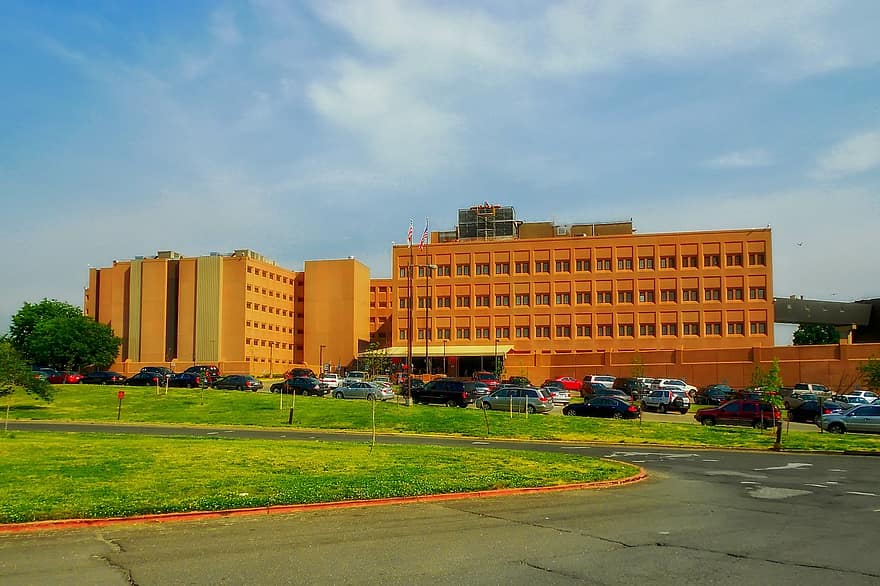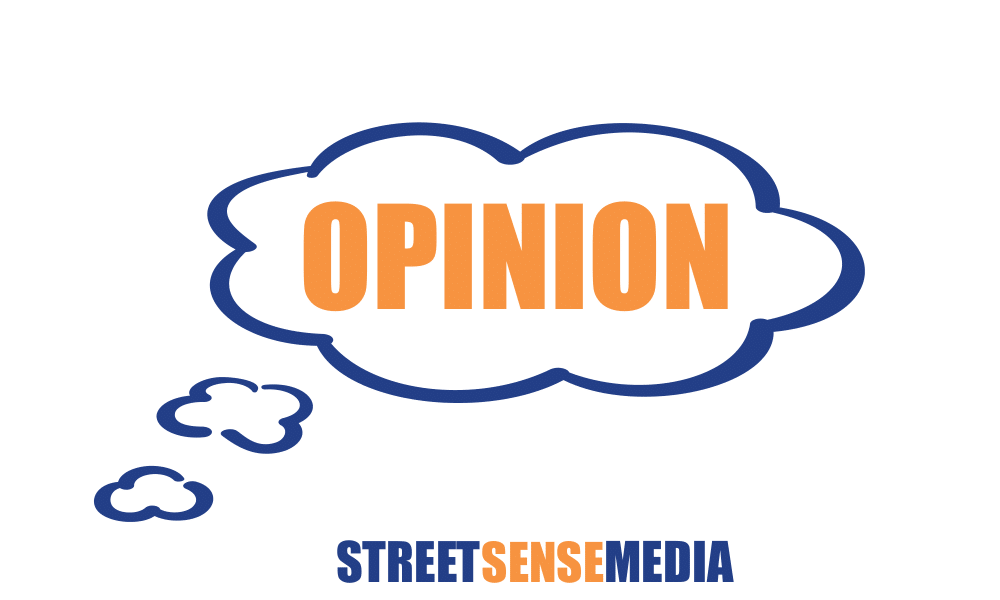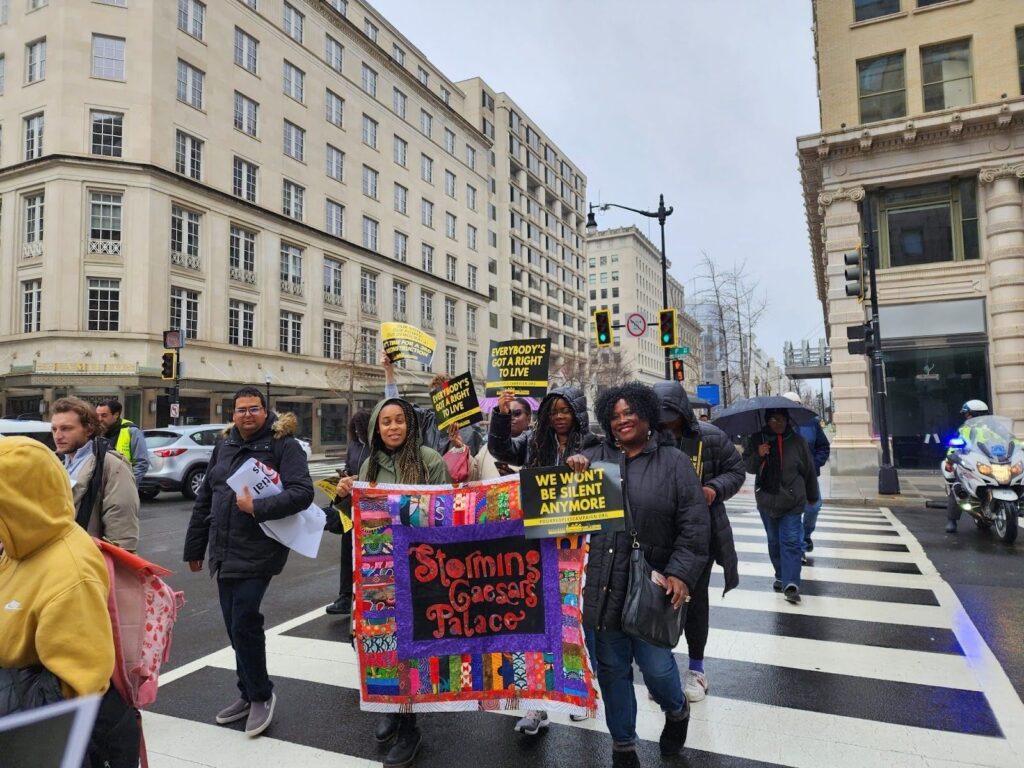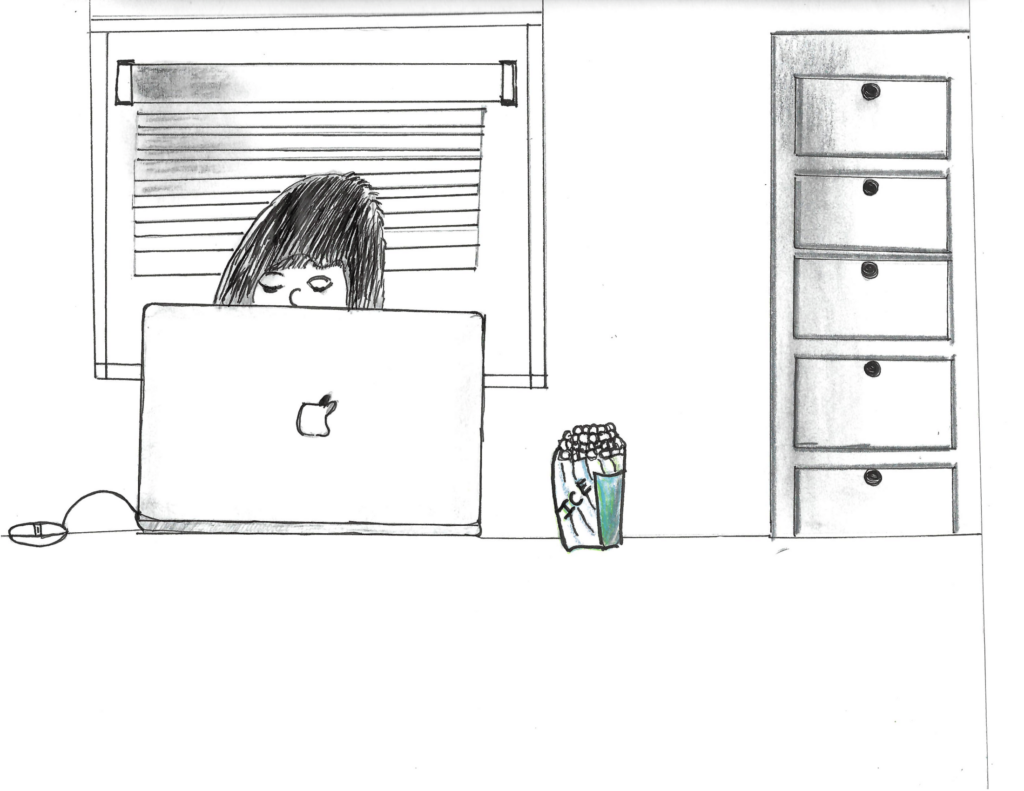At a time when D.C. residents are joining people around the country to demand less punitive policing and more community-driven solutions, it may be surprising that a Black man incarcerated since the age of 16 would argue for the construction of both a new jail and a prison for the District. But I am. Hear me out.
About 4,100 DC residents who have been convicted of felonies (virtually all of whom are Black) are currently incarcerated in federal institutions because the District doesn’t have its own prison. In 2001, D.C. closed its sole prison — Lorton Correctional Complex, which was located 20 miles from the District — in the aftermath of a fiscal crisis, transferring incarceration responsibility to the federal government. Despite an agreement to place D.C. residents in facilities less than 500 miles away, about two-thirds of us now are separated by thousands of miles from the family connections so vital to basic mental health, much less rehabilitation.
I grew up in Southeast D.C., and despite having a loving, dedicated mother, I was sucked into street life like so many other youths in the city’s impoverished, neglected core. One month past my 16th birthday, I went for a ride with my co-defendant (one of my “street” role models), looking for rival crew members. Long story short: My co-defendant fired one shot out of the window of the car, killing one of our rivals. I was sent to prison for murder as an “aider and abettor.”
I have spent the last 25 years in 14 federal warehouses (a.k.a. penitentiaries) scattered across the country — each staffed by too few poorly trained guards, which means we are locked down more than half the time. The result is institutions that act more like incubators for dysfunction and violence than facilitators of rehabilitation. Equally as damaging, this has meant 14 different moves for me — and for my mother and anyone else who has hung in there with me.
There is probably nothing more important to rehabilitation than connection to family. Most prisons are located in remote, rural townships far from airports and train stations, making it expensive and logistically difficult for family members — most of whom are low-income — to visit. At the same time, people incarcerated in federal institutions are only allowed 300 minutes of phone time per month.
When I was shipped to Louisiana in 2002 at the age of 21, my mother could only afford to visit me one time over the course of two and a half years. Imagine how devastating that was to a young man who was essentially growing up in prison.
It wasn’t until 2018, some 23 years into my incarceration, that I experienced the benefits of rehabilitation — supposedly one of the purposes of imprisonment. When I was transferred from Florida to the D.C. Jail while awaiting a court hearing, I was accepted into the Georgetown Prison Scholars program, which offered the opportunity to interact with students and teachers on the outside. I was also chosen to be a mentor in the Young Men Emerging Unit, an innovative rehabilitation unit for 18- to 25-year-olds in the D.C. Jail. For the first time in decades, I was treated like a human being worthy of development. (It’s estimated that for every $1 invested in education in prison, taxpayers save $4 to $5 in re-incarceration costs during the first three years post-release.)
However, this is all sort of a waste if most D.C. residents who enter the District’s jail are sent into the far-flung, dehumanizing federal prison system after an average of five months. I had an unusually long stay (two years), due to delays in my court hearings and then the spread of COVID-19 (I was among the infected). But now, as this is published, I am being sent back to a federal penitentiary in Florida — 837 miles and 12 hours from my family, with no development opportunities. It is time for D.C. to take responsibility for its residents and bring us home.
Mayor Muriel Bowser’s budget proposal called for about $5 million for architectural planning for a new jail and an $18.5 million increase for the police. But African American communities are already over-policed, and the D.C. Council rightfully cut the latter by $9.6 million. We should not, however, axe the funds for a new jail, as some have called for. Although the D.C. Jail is a leader when it comes to education, it is decrepit and unhealthy. What I propose is a small, reimagined combination of jail and prison that offers the jail’s model rehabilitation programs to everyone — serving as an example for the nation of how incarceration could be productive.
Meanwhile, the reinvestment in communities made possible by “defunding” the police can be used to achieve the larger goal: reversing mass incarceration and keeping people out of jails and prisons in the first place.
The article was first published by DCist on Aug. 31.








